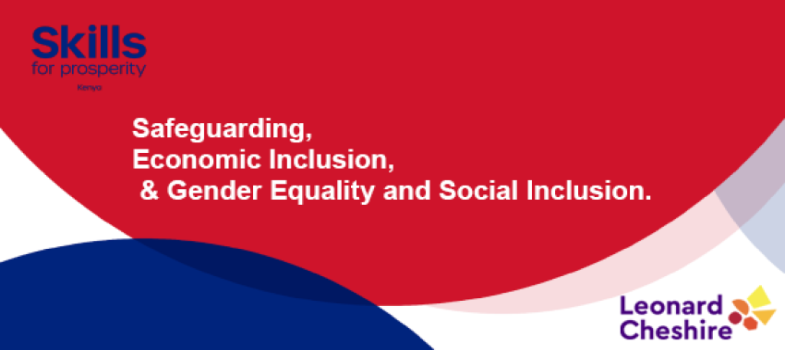3.1.1. What is safeguarding?

There are various definitions of safeguarding that have been advanced. Broadly, it’s about protecting people and the environment from harm. For the purpose of this course, the following definitions are adopted.
- Safeguarding is the action an organisation takes to promote the welfare of children and vulnerable adults to protect them from harm (The Scottish Charity Regulator) This includes making sure appropriate policies and procedures are put in place. Therefore, safeguarding not only includes child protection but extends to all vulnerable beneficiaries.
- Safeguarding means protecting people's health, well-being, and human rights, and enabling them to live free from harm, abuse, and neglect (Bond). It also means protecting people, including children and at-risk adults from harm.
Safeguarding could also mean taking all reasonable steps to prevent harm, particularly sexual exploitation, abuse, and harassment from occurring; protecting people, especially vulnerable adults and children from harm, and; responding appropriately when harm does occur. This description pays specific attention to preventing and responding to harm from any potential, actual or attempted abuse of power, trust, or vulnerability.
Safeguarding requires proactively identifying, preventing, and guarding against all risks of harm, exploitation and abuse and having mature, accountable and transparent systems for response, reporting and learning when risks materialise. The systems must be survivor-centred but also protect the accused until proven guilty. It, therefore, puts beneficiaries and affected persons at the centre.
Safeguarding is therefore:
- A duty of care to protect people's health, well-being, and human rights, and enable them to live free from harm, abuse, and neglect, and;
- A commitment to create a safe learning environment that upholds individual human rights, dignity, and well-being by putting in place appropriate policies and procedures to prevent and respond to harm. This harm would include potential, actual or attempted abuse of power, trust, vulnerability, or sexual exploitation/harassment.
Safeguarding calls for proactive identification and mitigation of risks as well as accountable and transparent systems to respond, report and learn when risks materialise. Safeguard is a human rights issue and therefore one should adopt approaches such as survivor-centred, best interests of the child, etc.
Ultimately, safeguarding is a responsibility for all and It should be applied consistently across all institutional programmes, processes and people.
| Previous | Next |






